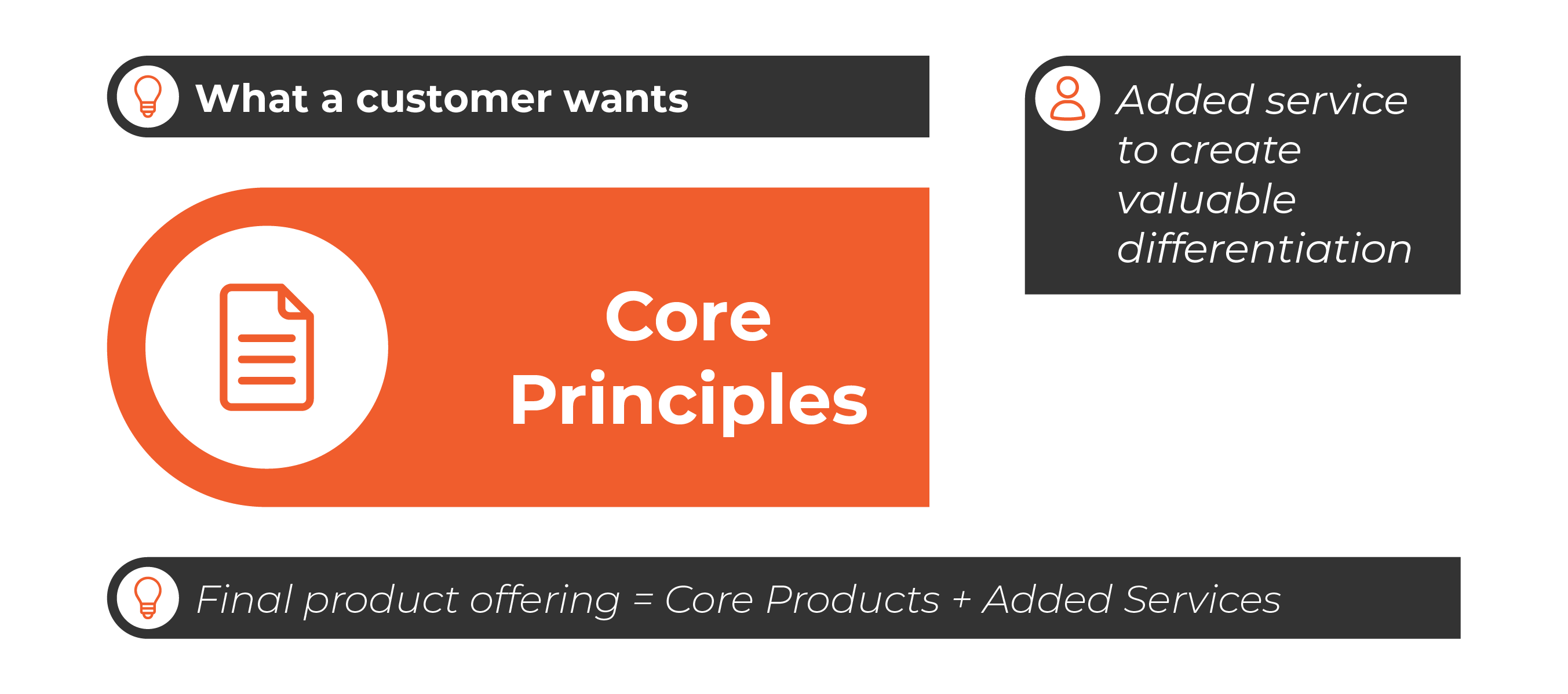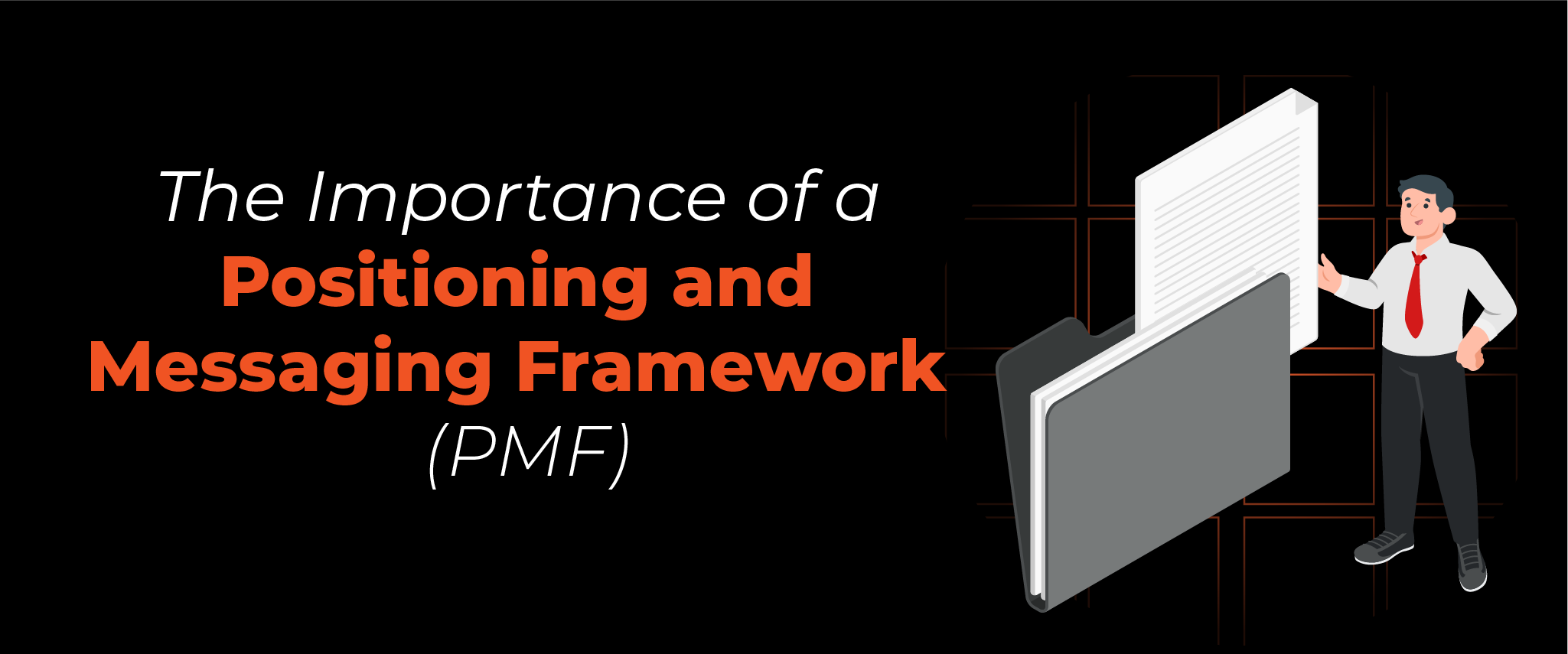The positioning and messaging framework (PMF)
A PMF is a document that captures the Unique Selling Proposition (also Unique Selling Point or USP) of a product. It usually provides a shorter, snappier way of conveying a USP together with longer varieties.
The USP is a marketing concept that was proposed as a theory to explain a pattern among successful advertising campaigns during the early 1940s. It states that such campaigns made unique propositions to the customer and that this convinced them to switch brands. The term was invented by Rosser Reeves of Ted Bates & Company.

In his 1961 book, Reality in Advertising, Reeves says that the USP is widely misunderstood. To this effect, he gives a precise definition in three parts:
- Each advertisement must make a proposition to the consumer. Not just words, not just product puffery, not just show-window advertising. Each advertisement must say to each reader: “Buy this product and you will get this specific benefit.”
- The proposition must be one that the competition either cannot or does not offer. It must be unique: either a uniqueness of the brand, or the product, or a claim not otherwise made in that field of advertising.
- The proposition must be so strong that it can move the mass millions, i.e., attract new customers over to your product.
Later, Theodore Levitt, a professor at Harvard Business School, suggested that

Theory aside, in today’s world of information overload, it is even more important for businesses and people to rapidly convey those factors differentiating their product or service from that of the competition. And, as we continue to rely more and more on digital platforms to communicate our value, though attention is ever fleeting, a crystal-clear articulation of a desired differentiator is a must for survival.
Enhance the product offering
A PMF is a document that captures the Unique Selling Proposition (also Unique Selling Point or USP) of a product. It usually provides a shorter, snappier way of conveying a USP together with longer varieties.
There is a difference between a firm’s core product and a product the market will rapidly buy. GTM innovation does not refer to changing the product at all. Good GTM innovation requires brands to package services around the core product so that it becomes more convenient for customers to purchase. These services include how a customer orders the product along with how it is delivered. The final offering is what differentiates the core product from other such products on the market.

Diagram: What a Customer Wants
Nike factually makes polyester t-shirts (core product), but the target market desires specialist “performance apparel.”
| EXAMPLE | Services to do w/ Place | Services to do w/ Product | Services to do w/ Price | USP |
| Nike t-shirt | Order in the Nike runner app | Fabric density tailored to runner, based on climate, running style, etc. | Priced as a tailored shirt | Tailored performance apparel |
Table: Nike Tailored Performance Apparel
In this example, Nike uses data about runners using their app to create their ideal running shirt. They do this with the buyer’s individual running style, local climate, and other factors in mind. This will inform fabric density and a basic T-shirt design. The tailored garment is then shipped to the runner at regular intervals. This transaction is completed in a subscription format. As a result, Nike can right-size their inventory and deliver on the promise of tailored goods in an inexpensive way.
Ultimately, it comes down to simplifying matters for the customer. This means streamlining customer-related processes. It also means making customer communication less complex and more efficient. This is achieved by creatively using different media.
An effective USP differentiates your brand based on how your product(s) help the customer. It must reflect that you are thinking about the customer and are attentive to even subtle needs. This is the mark of a powerful USP. It reveals empathy for the customer and a true desire to meet their need(s).
The core product requires key modifications which differentiate it as far as the customer is concerned. These include place, price, and the product itself. Moreover, enhancing its viability also requires efficient process optimisation.
To read more on USP, download our Unique Selling Proposition Ebook


